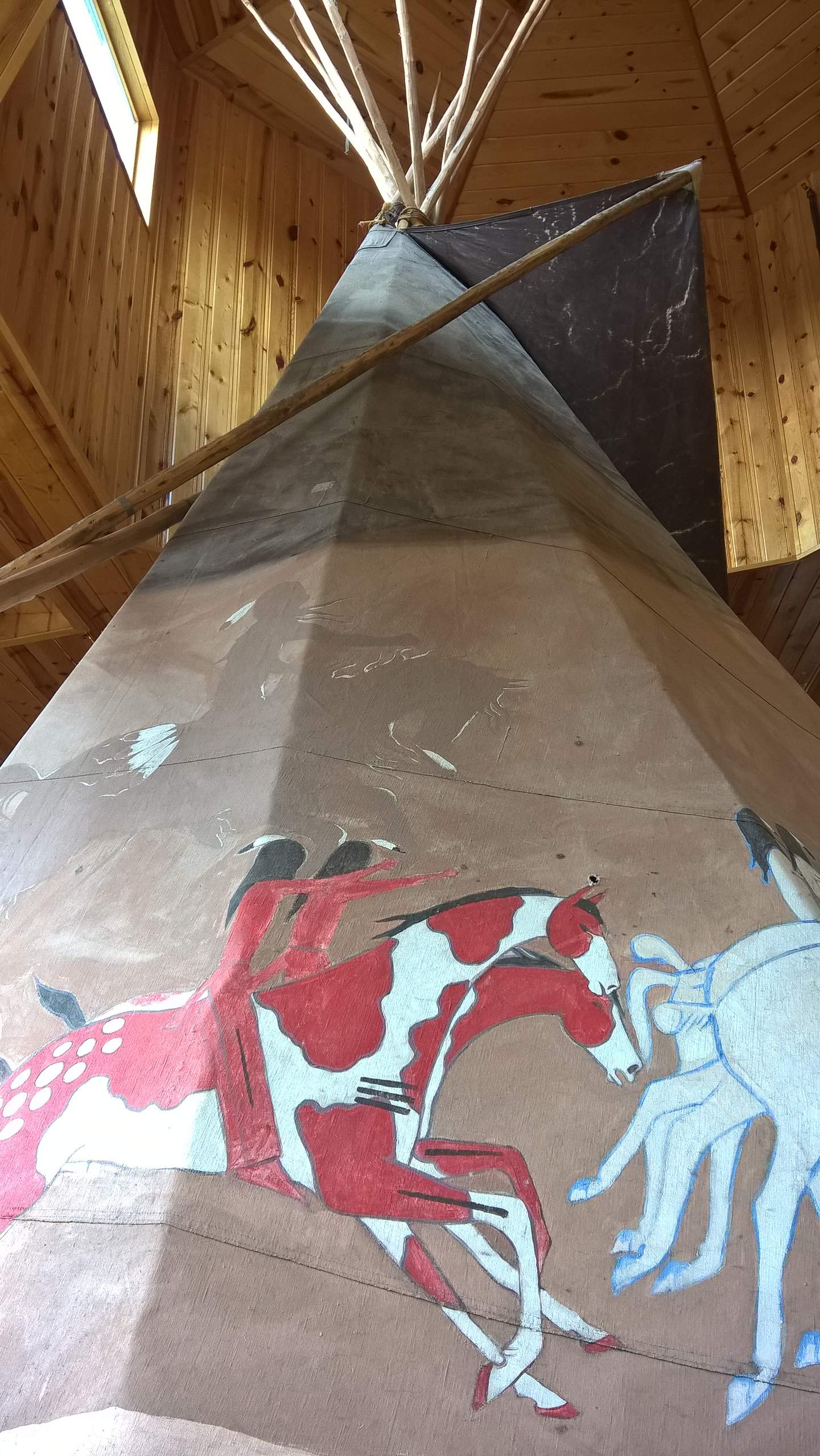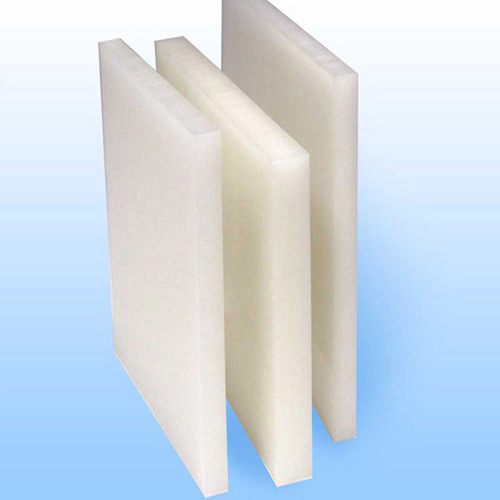Sulphur was mined on the island till the thirties. Ten miners had been killed in 1914 when part of the crater wall collapsed. In retaliation, British Crown and government-allied Māori forces attacked the Tauranga iwi, including on the well-known Battle of Gate Pā in 1864. Further battle with the federal government arose in 1865 when German missionary Carl Völkner and interpreter James Fulloon were killed by local Māori at Ōpōtiki and Whakatāne, respectively. Initially this stemmed from Tauranga iwi supporting the Waikato iwi of their battle with the federal government. Lots of the descendent iwi maintain their traditional homelands (rohe) in the region, together with Te Whānau-ā-Apanui, Te Whakatōhea, Ngāi Tai, Ngāi Tūhoe, Ngāti Awa, Ngāti Tūwharetoa ki Kawerau, Te Arawa, Ngāi Te Rangi, Ngāti Ranginui and Ngāti Pūkenga. The government established fortified positions, including at Tauranga, Whakatāne and Ōpōtiki. Sizeable harbours are situated at Tauranga, Whakatāne and Ohiwa. The closest mainland towns are Whakatāne and Tauranga. Additional reviews of European contact are scarce prior to the arrival of missionary Samuel Marsden to the Tauranga area in 1814. Bay whaling stations operated in the bay during the nineteenth century.
 The primary recorded European contact got here when James Cook sailed via the Bay of Loads in 1769. Cook famous the abundance of food provides, in comparison to Poverty Bay additional back alongside the jap coast of the North Island. Known as Te Moana-a-Toitehuatahi (the Ocean of Toitehuatahi) in the Māori language after Toi-te-huatahi, an early ancestor, the identify ‘Bay of A lot’ was bestowed by James Cook in 1769 when he noticed the considerable food provides at a number of Māori villages there, in stark contrast to observations he had made earlier in Poverty Bay. Te Moana-a-Toi for brief, after Toi-te-huatahi, an early ancestor of the Mātaatua tribes. Through the 1820s and 1830s, northern iwi including Ngā Puhi invaded the Bay of Loads throughout their marketing campaign throughout the North Island, fighting local Māori tribes in what grew to become identified as the Musket Wars. Eight major rivers empty into the bay from inland catchments, together with the Wairoa, Kaituna, Tarawera, Rangitaiki, Whakatane, Waioeka, Motu and Raukokore rivers. In accordance with native Māori traditions, the Bay of Lots was the landing point of several migration canoes that brought Māori settlers to New Zealand. These embody the Mātaatua, Nukutere, Tākitimu, Arawa and Tainui canoes.
The primary recorded European contact got here when James Cook sailed via the Bay of Loads in 1769. Cook famous the abundance of food provides, in comparison to Poverty Bay additional back alongside the jap coast of the North Island. Known as Te Moana-a-Toitehuatahi (the Ocean of Toitehuatahi) in the Māori language after Toi-te-huatahi, an early ancestor, the identify ‘Bay of A lot’ was bestowed by James Cook in 1769 when he noticed the considerable food provides at a number of Māori villages there, in stark contrast to observations he had made earlier in Poverty Bay. Te Moana-a-Toi for brief, after Toi-te-huatahi, an early ancestor of the Mātaatua tribes. Through the 1820s and 1830s, northern iwi including Ngā Puhi invaded the Bay of Loads throughout their marketing campaign throughout the North Island, fighting local Māori tribes in what grew to become identified as the Musket Wars. Eight major rivers empty into the bay from inland catchments, together with the Wairoa, Kaituna, Tarawera, Rangitaiki, Whakatane, Waioeka, Motu and Raukokore rivers. In accordance with native Māori traditions, the Bay of Lots was the landing point of several migration canoes that brought Māori settlers to New Zealand. These embody the Mātaatua, Nukutere, Tākitimu, Arawa and Tainui canoes.
Whakaari / White Island is roughly circular, about 2 km (1.2 mi) in diameter, and rises to a height of 321 m (1,053 ft) above sea stage. The exposed island is simply the peak of a much larger submarine volcano, which rises as much as 1,600 m (5,249 ft) above the close by seafloor. The Bay of Lots (Māori: Te Moana-a-Toitehuatahi) is a large bight alongside the northern coast of recent Zealand’s North Island. The coastline from Waihi Seashore within the west to Opape is defined as sandy coast, whereas the coast from Opape to Cape Runaway is rocky shore. The bay is defined by 259 kilometres (161 mi) of open coastline used for financial, recreational and cultural functions. It stretches 260 kilometres (160 mi) from the Coromandel Peninsula in the west to Cape Runaway within the east. New Zealand Tourism Guide. Tourism Bay of Plenty. Wikivoyage has a travel information for Bay of Loads. Environment Bay of Lots. The ensuing battle resulted within the confiscation of considerable land from several Bay of A lot iwi by the government. Confiscation of Māori land deprived local iwi of economic assets (among other things), and in addition offered land for expanding European settlement. New Zealand Gazetteer. Land Info New Zealand.
 Battle returned to the Bay of Lots throughout the 1860s with the new Zealand Wars. Wikimedia Commons has media associated to Bay of A lot. In 1853, New Zealand was subdivided into provinces, with the Bay of Plenty integrated into Auckland Province. Don Grady (1986), Sealers & whalers in New Zealand waters, Auckland, Reed Methuen, p. Europeans settled within the region. Missionary activity within the area also elevated during this time. Initial settlements within the area struggled: the local weather was ailing-suited to sheep farming and the geography was inaccessible, additional hindered by an absence of infrastructure. European settlers arrived all through the latter half of the nineteenth century, establishing settlements in Katikati, Te Puke and the Rangitaiki area. In 1876, settlements were incorporated into counties following the nationwide dissolution of the provincial system. Main estuaries embody Maketu, Little Waihi, Whakatāne, Waiotahe and Waioeka/Ōtara. Timber also became a major export in the 1950s, as kiwifruit did later. Whakaari is New Zealand’s most lively cone volcano, and has been built up by steady volcanic activity over the past 150,000 years.
Battle returned to the Bay of Lots throughout the 1860s with the new Zealand Wars. Wikimedia Commons has media associated to Bay of A lot. In 1853, New Zealand was subdivided into provinces, with the Bay of Plenty integrated into Auckland Province. Don Grady (1986), Sealers & whalers in New Zealand waters, Auckland, Reed Methuen, p. Europeans settled within the region. Missionary activity within the area also elevated during this time. Initial settlements within the area struggled: the local weather was ailing-suited to sheep farming and the geography was inaccessible, additional hindered by an absence of infrastructure. European settlers arrived all through the latter half of the nineteenth century, establishing settlements in Katikati, Te Puke and the Rangitaiki area. In 1876, settlements were incorporated into counties following the nationwide dissolution of the provincial system. Main estuaries embody Maketu, Little Waihi, Whakatāne, Waiotahe and Waioeka/Ōtara. Timber also became a major export in the 1950s, as kiwifruit did later. Whakaari is New Zealand’s most lively cone volcano, and has been built up by steady volcanic activity over the past 150,000 years.